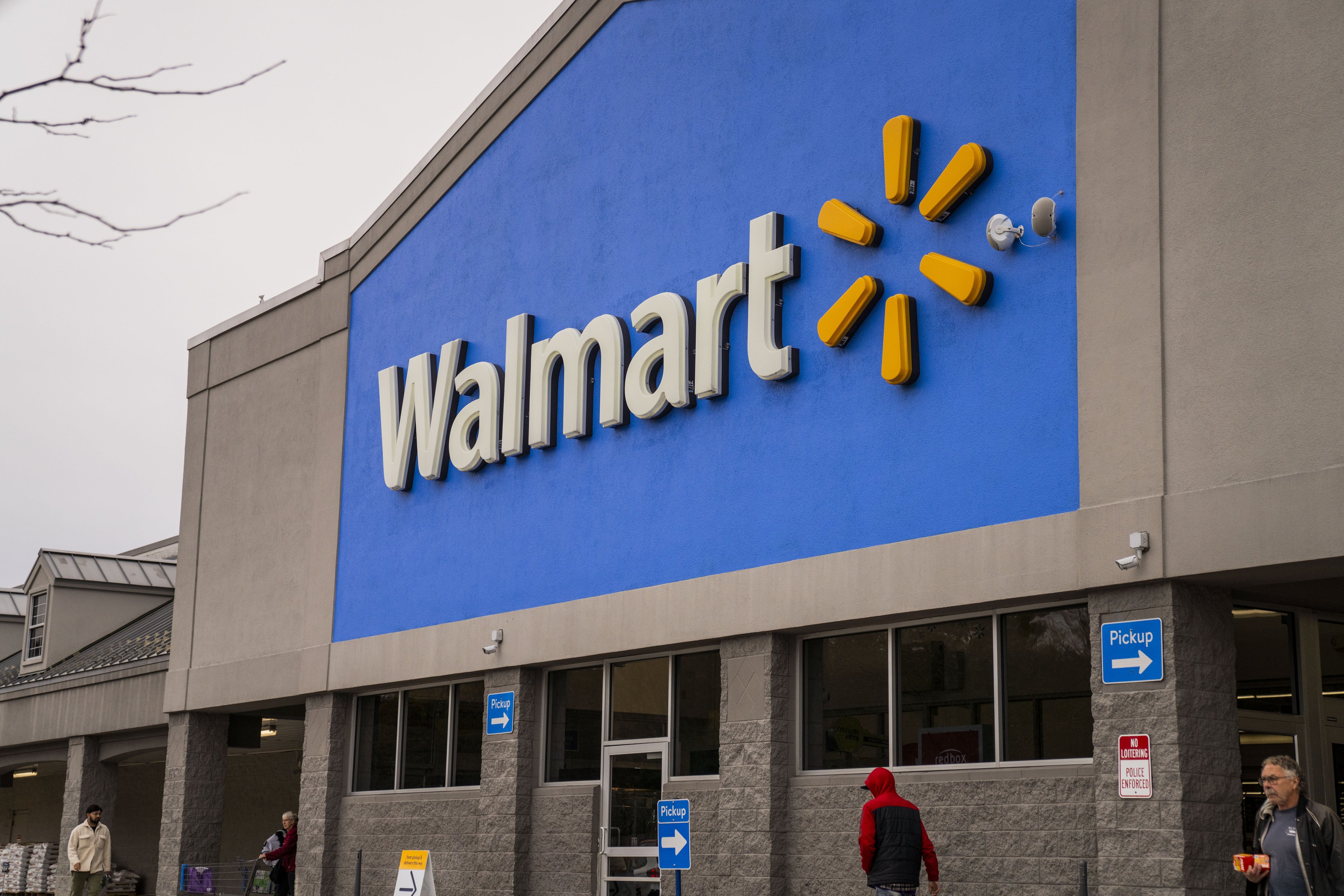Both of these companies are solid enough stock picks.
Disney's (DIS 1.76%) reinvention of itself as a streaming-first company looks and feels like the right decision at the right time. In fact, the entertainment giant just announced it expects a total of between 300 million and 350 million active subscriptions spanning its entire suite of streaming services by fiscal 2024, essentially tripling its previous outlook despite the price increase planned for Disney+ come March of next year.
Meanwhile, the COVID-19 pandemic has breathed new life into a somewhat stagnant Walmart (WMT +1.17%), and the retailer responded to the crisis perfectly. Not only did it capture more than its fair share of the nation's new curbside grocery pickup fans -- the majority of whom intend to continue shopping online even after the coronavirus is in the rear-view mirror -- the retailer's subscription-based delivery service seems to be catching on.
If you only have the cash to add one of these names to your portfolio right now, though, it has to be Walmart.
That's certainly not an easy call to make. But Walmart has one edge that most investors are overlooking right now, while Disney brings one mostly ignored risk to the table.

Image source: Getty Images.
Why not Disney
Disney is planning big-time growth for its streaming portfolio, and Disney+ in particular. Among the new offerings that will be luring consumers to its flagship platform will be 10 new series from the company's Marvel franchise, 10 more Star Wars programs, 15 Disney-branded live-action serial shows, and 15 original movies filmed specifically for Disney+. The company publicly announced these plans last week, in conjunction with this year's Investor Day event.
The investment of time, money, and effort makes sense. If nothing else, the coronavirus contagion has proven the film business can survive without movie theaters. Consumers have become quite content with watching premium films and programs at home.
It's tricky, though. While the market wasn't terribly surprised at how many Disney+ subscribers the company was able to sign up in the first year or so since the service's launch -- 86.8 million -- those watchers were the proverbial low-hanging fruit. The next couple-hundred million may not be so easy to entice, particularly now that rival streaming names are stepping up their kid-friendly efforts. Netflix, for instance, now offers parents a regular report of what their kids are watching online. ViacomCBS recently added a great deal more kids programming to its CBS All Access library, and simultaneously added more parental-control features.
These and other competitive efforts probably won't be enough to stop Disney's streaming juggernaut in its tracks. They may be enough, however, to slow the entertainment company down far more than investors currently believe is possible. The mere suspicion that Disney may not get to the low end of its 300 million subscription target by fiscal 2024 could up-end a relatively overbought (and relatively expensive) Disney stock.
Why Walmart
Walmart shares are technically overextended as well, though they're not overvalued. The stock's trailing price-to-earnings ratio of 21.6 and its forward price-to-earnings ratio of 26.0 are essentially in line with its historical norms.
Granted, this more conservative valuation is merited, given Walmart's slower growth pace. As good as the pandemic has been for its business, this behemoth's year-to-date revenue is only up 6.5% from where it was at this point in 2019. That's not really a lot.
But the fog of the coronavirus somewhat conceals the paradigm shift that the world's biggest retailer was undergoing before the pandemic took hold.
It's not a term that's used too often (yet) to describe it, but Walmart is becoming a lifestyle company. That is to say, the chain is no longer merely positioning itself as a place to buy all the consumer basics. It's evolving into an organization that solves and even pre-solves problems for customers in a way that makes it their no-thought choice. Free unlimited deliveries for Walmart+ subscribers, the expansion of its own health clinic network, and curbside pickup for grocery and non-grocery online orders alike are all subtle ways the retailer is building a consumer ecosystem that makes it a default choice for meeting many of life's distracting, daily challenges.
It's not clear exactly how much additional revenue this strategy will drive in the future. As was noted, COVID-19 has skewed results and disrupted plans. It's not a stretch, however, to suggest that the market isn't fully pricing the long-term value of the retailer's relatively new holistic strategy into the stock.
The clincher: Though the company's e-commerce operation is still losing money, the transition to profitability may be within sight. As my fellow Fool Adam Levy noted a few days ago, the use of stores as fulfillment centers and the sale of more third-party goods are low-cost means of supporting sales via Walmart.com. When the company's online efforts actually start adding to the bottom line rather than subtracting from it, that could be a bullish catalyst for the stock.
Bottom line
None of this is to suggest Disney is doomed or that Walmart is bulletproof. Disney faces an incredible growth opportunity that Walmart never will.
There's much risk paired with that outsized reward potential though. To the extent there's actual clarity about their futures, Walmart is the smarter risk-adjusted investment right now.







